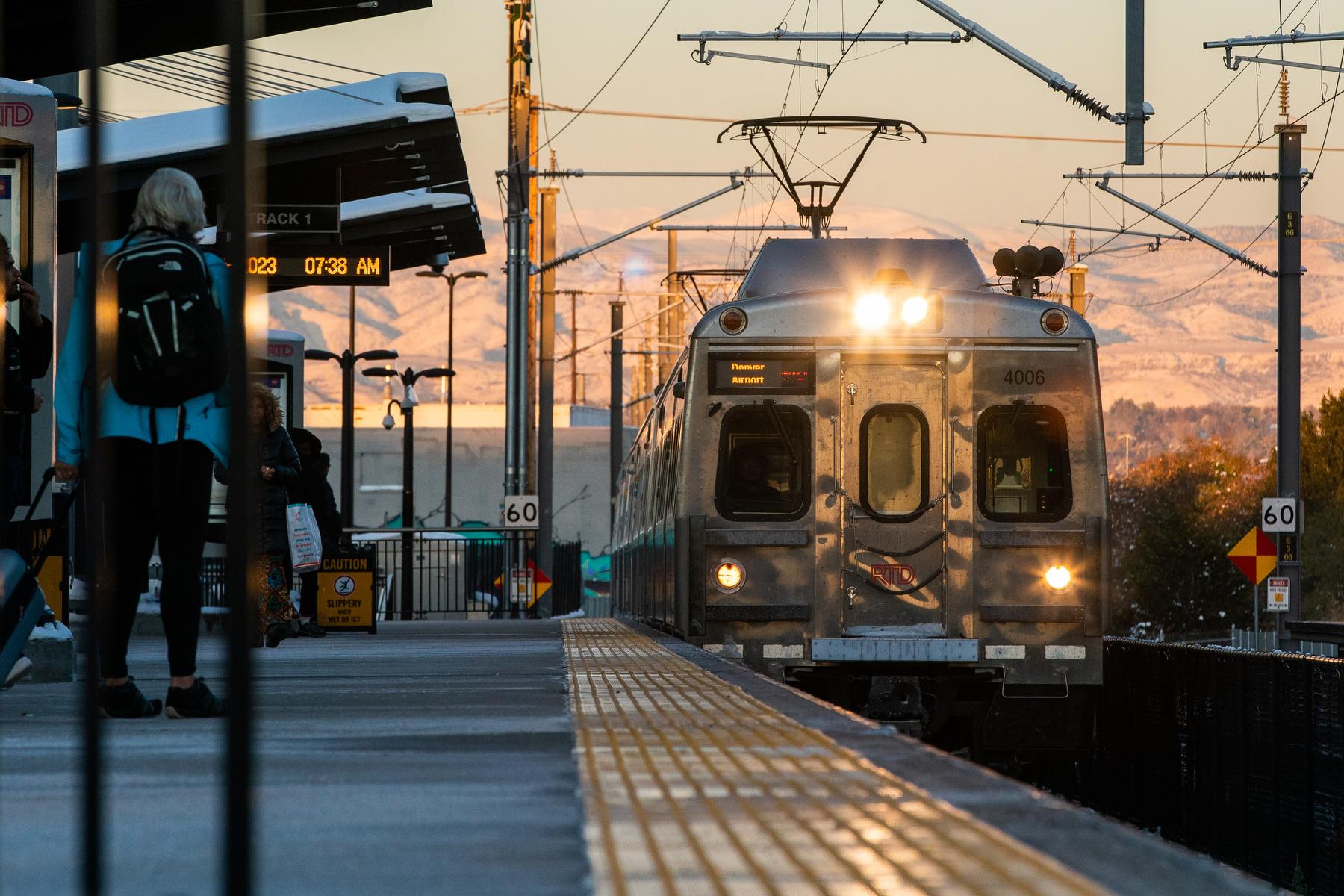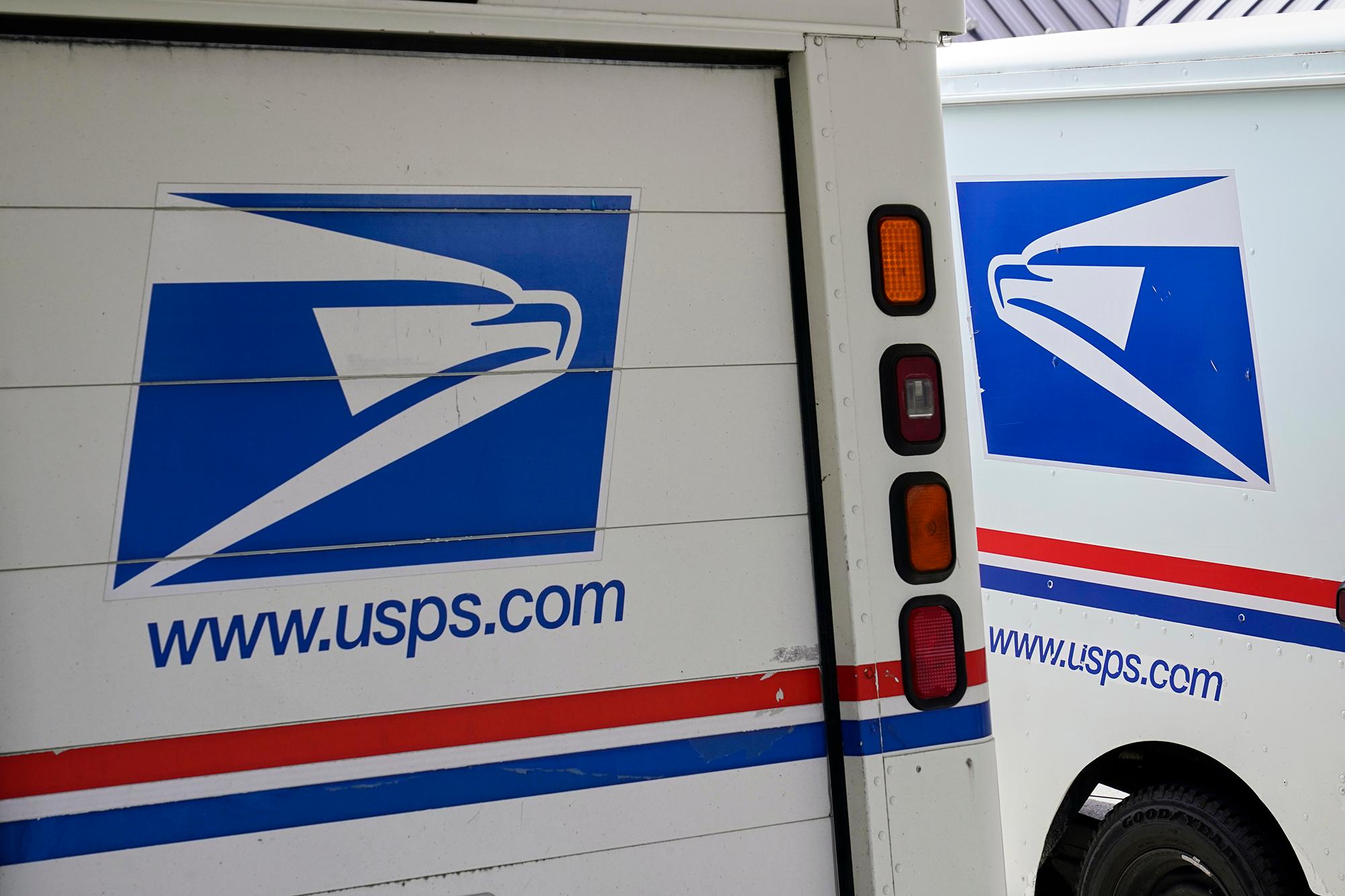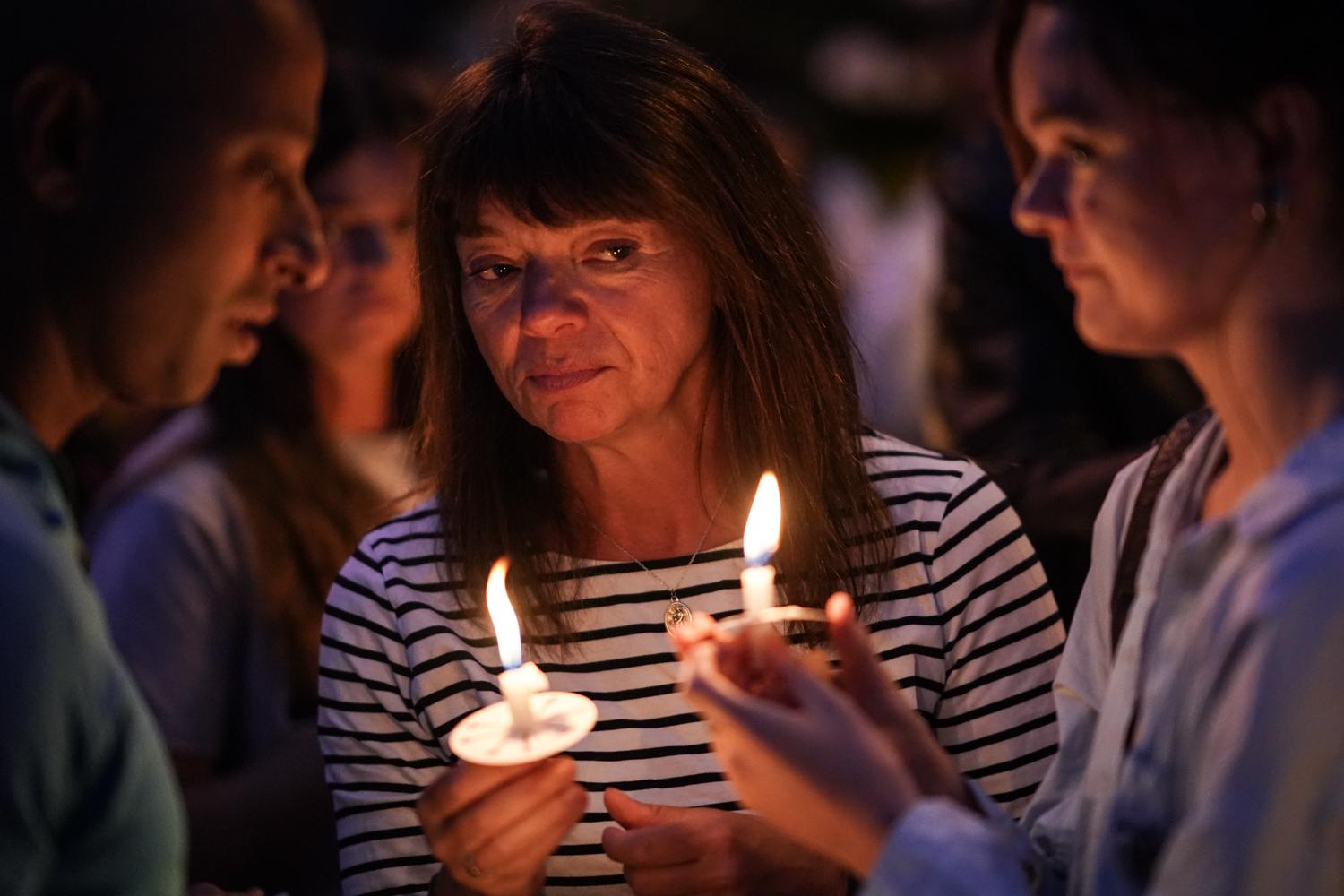Secretary of Interior Ryan Zinke has backed off a decision to dramatically hike entrance fees to some National Parks. Since many of these iconic parks are in the Mountain West, this change may have an outsized effect on our region.
Zinke’s original plan was to raise entrance fees to 70 dollars per vehicle for some of the most popular parks--like Yellowstone, Canyonlands, and Rocky Mountain National Park.
But after widespread public anger the Interior Department changed course. According to Vanessa Mazal, with the National Parks Conservation Association, there were 110 thousand comments from the public.
And Mazal said she takes her family to National Parks all the time. “We’re like many American families,” she said. “We’re not awash with resources and when we do plan activities, we’re thinking about the cost.”
In the new plan, the Interior Department will just be charging an extra five dollars for all parks with paid admission. Still two thirds of the country’s national parks, monuments, and historic sites will remain as they have been: free.
The original fee hike was intended to help pay for the nearly twelve billion dollar infrastructure backlog in the national park system. President Trump recently signed a budget bill that gave the Interior Department additional funding to address that backlog.
This story was produced by the Mountain West News Bureau, a collaboration between Wyoming Public Media, Boise State Public Radio in Idaho, Yellowstone Public Radio in Montana, KUER in Salt Lake City and KRCC and KUNC in Colorado.









